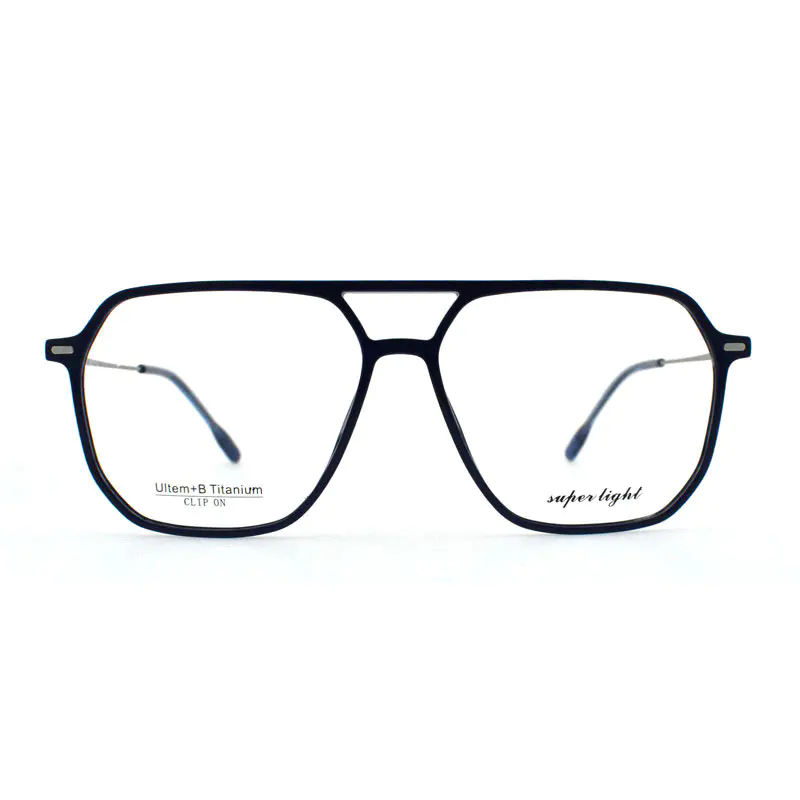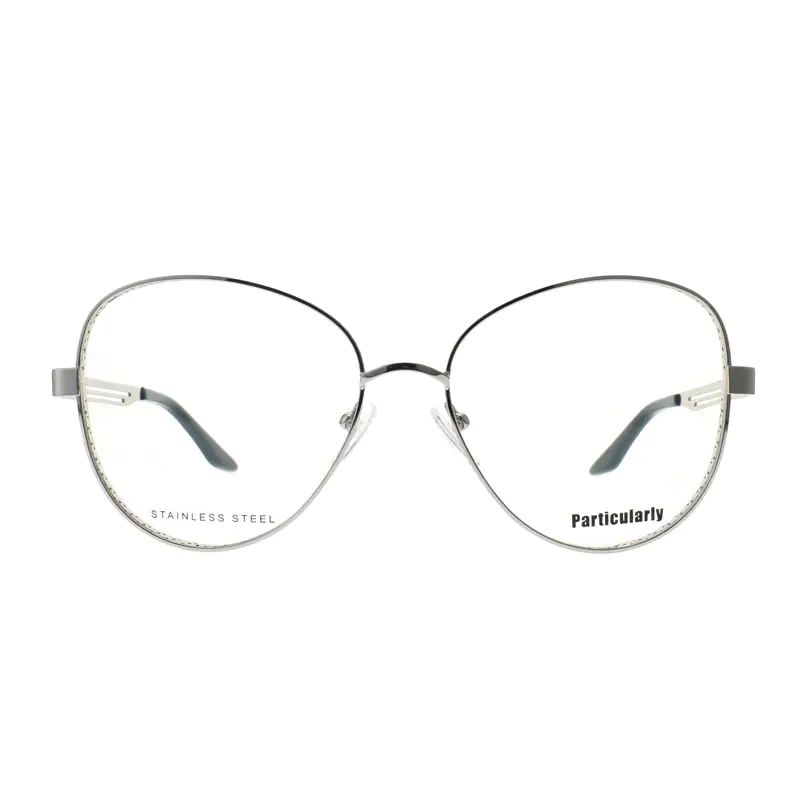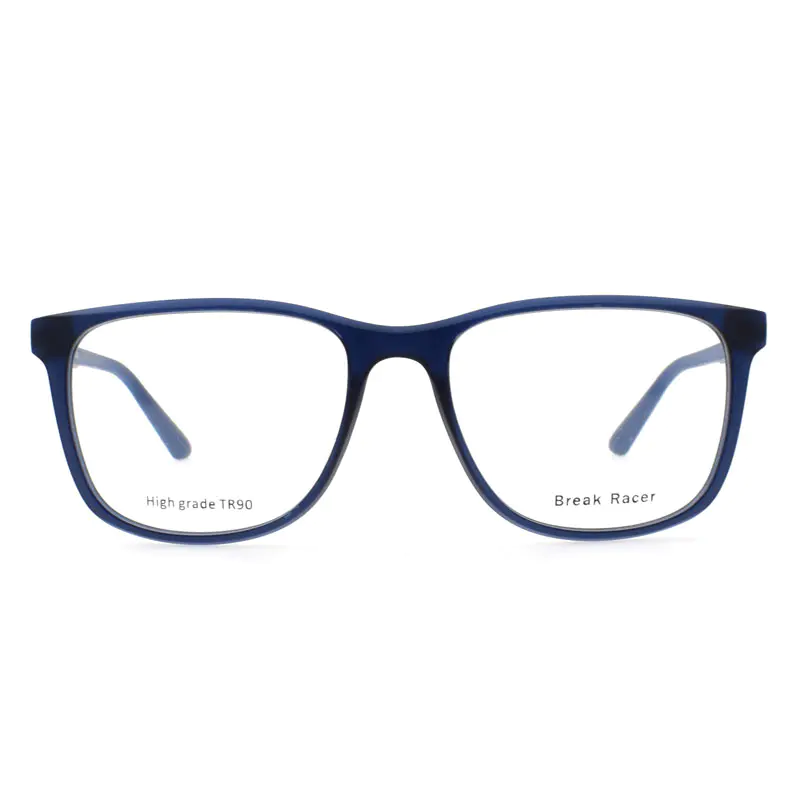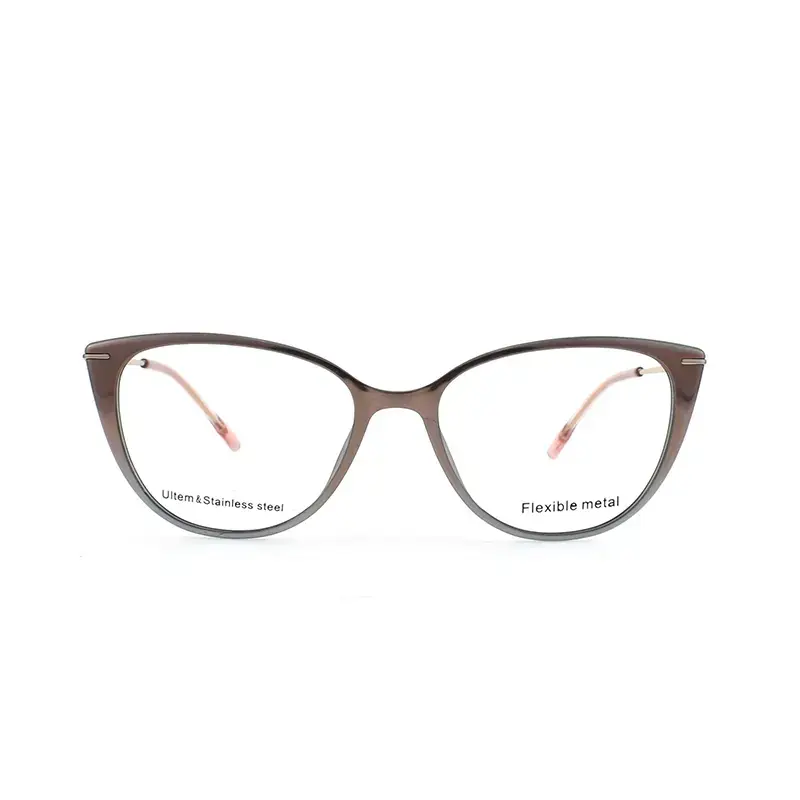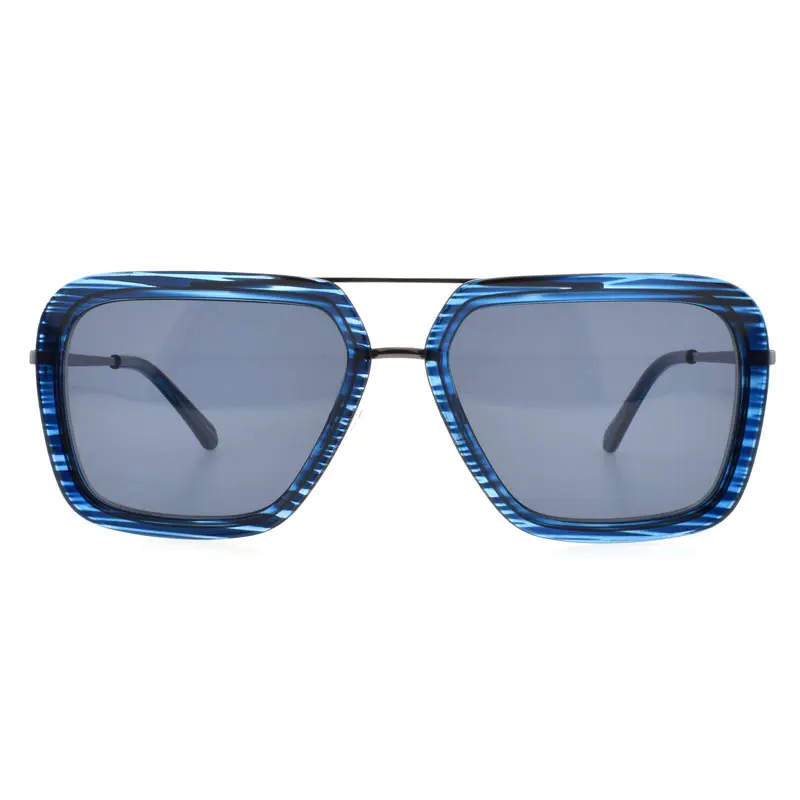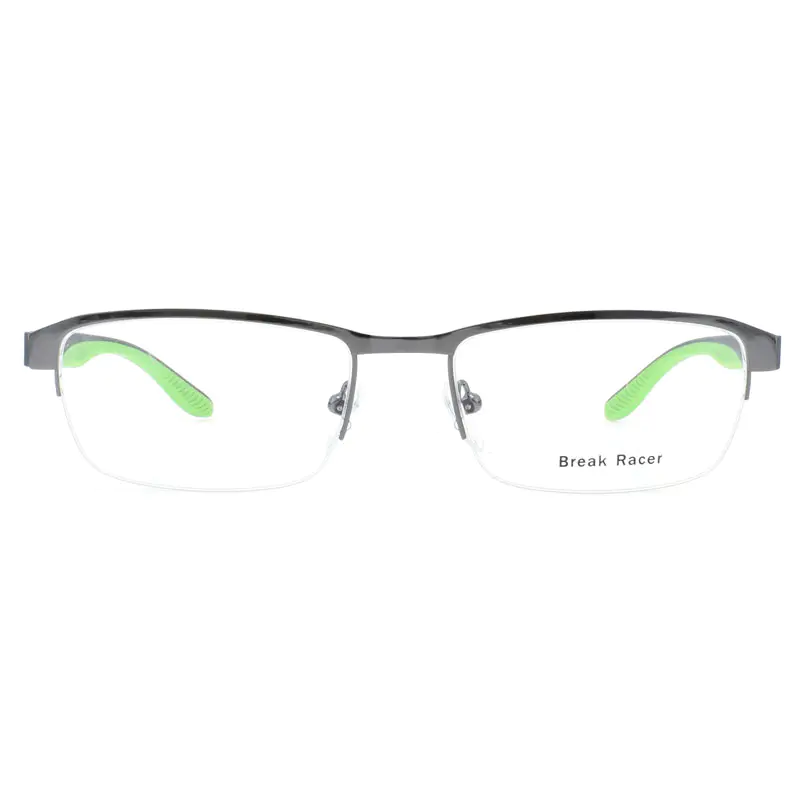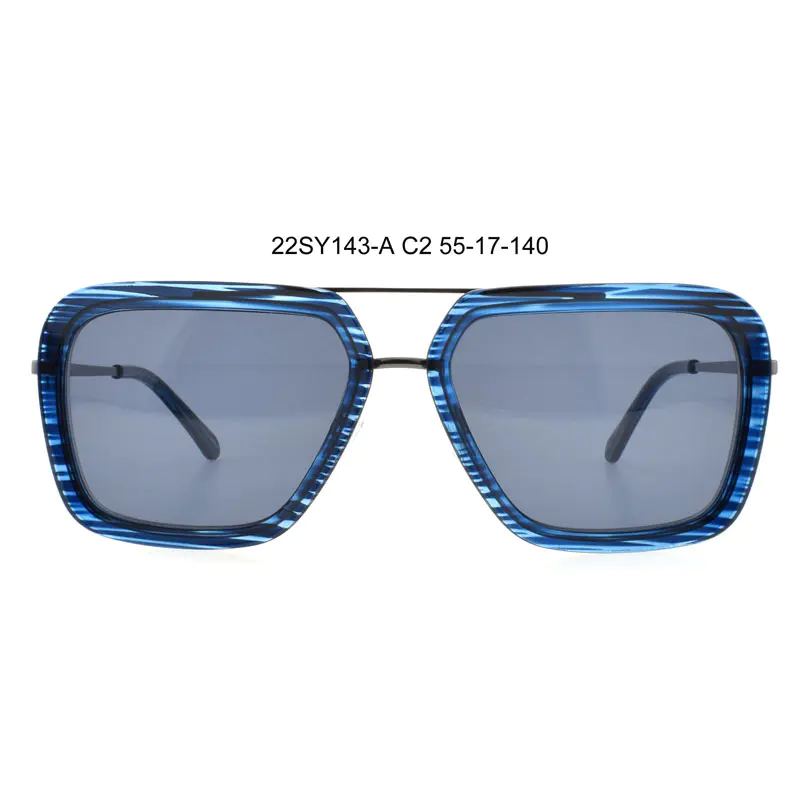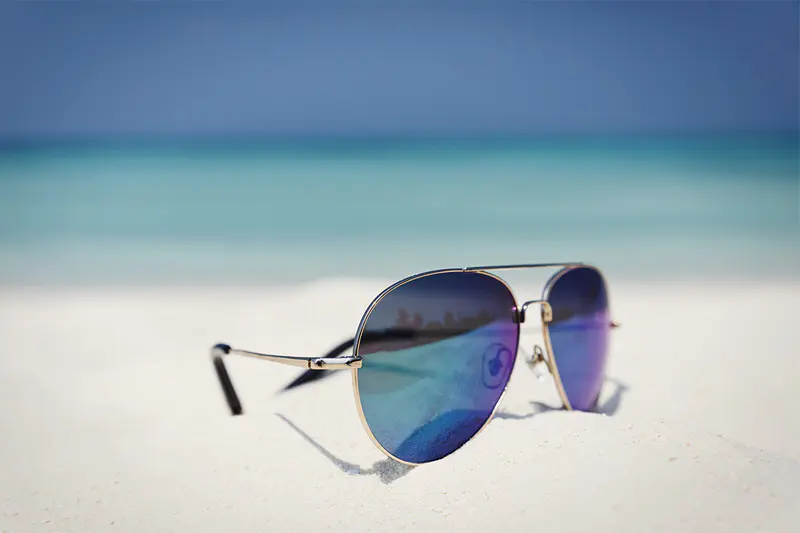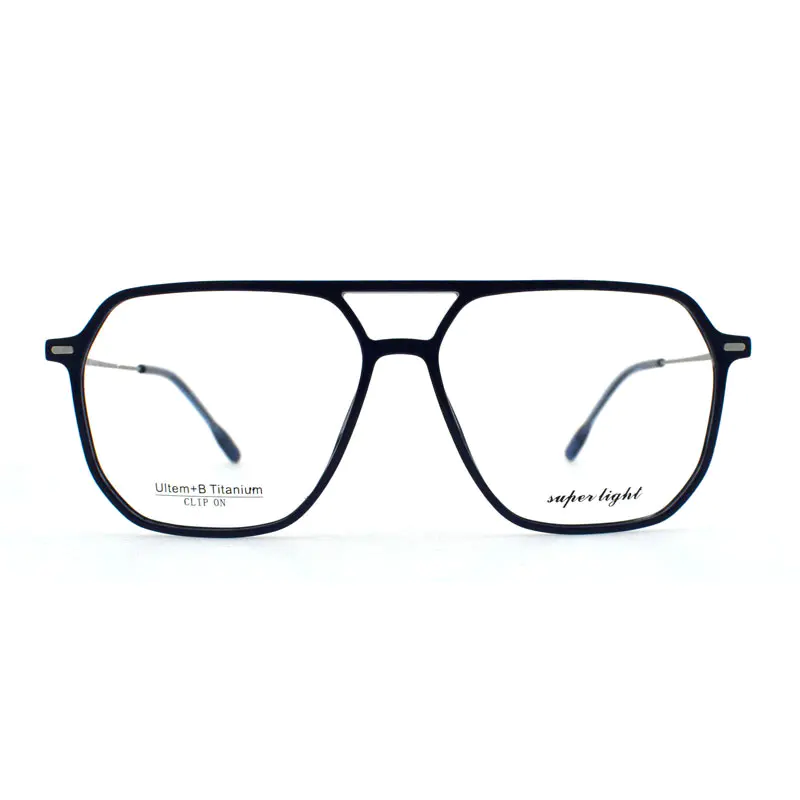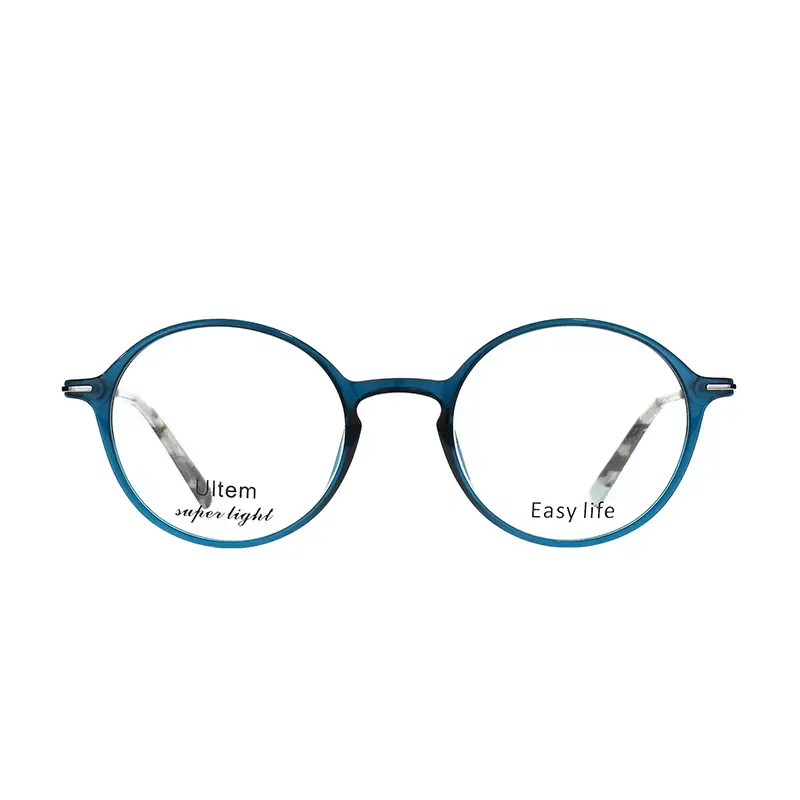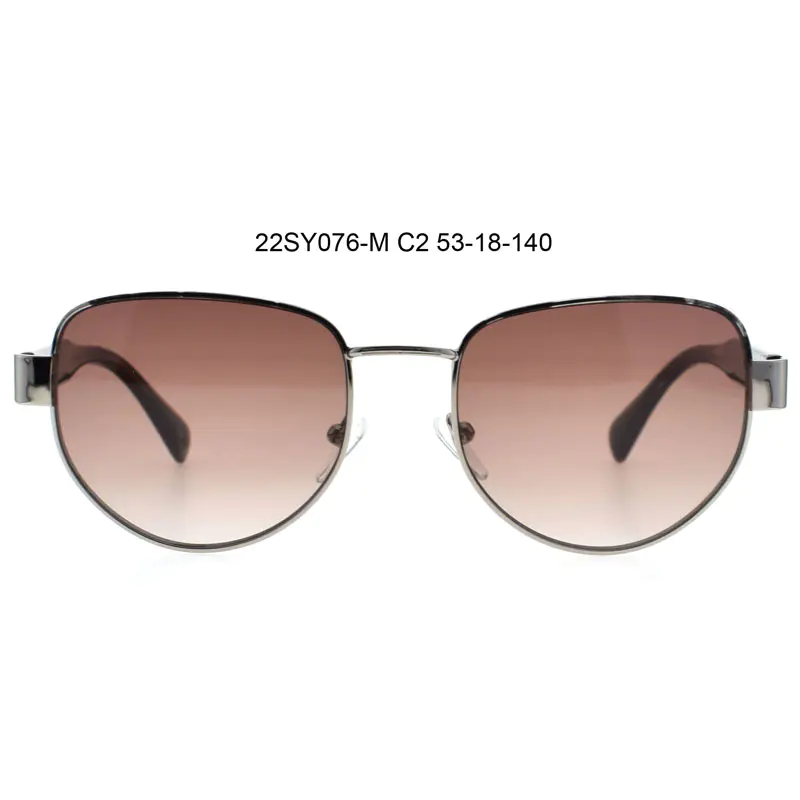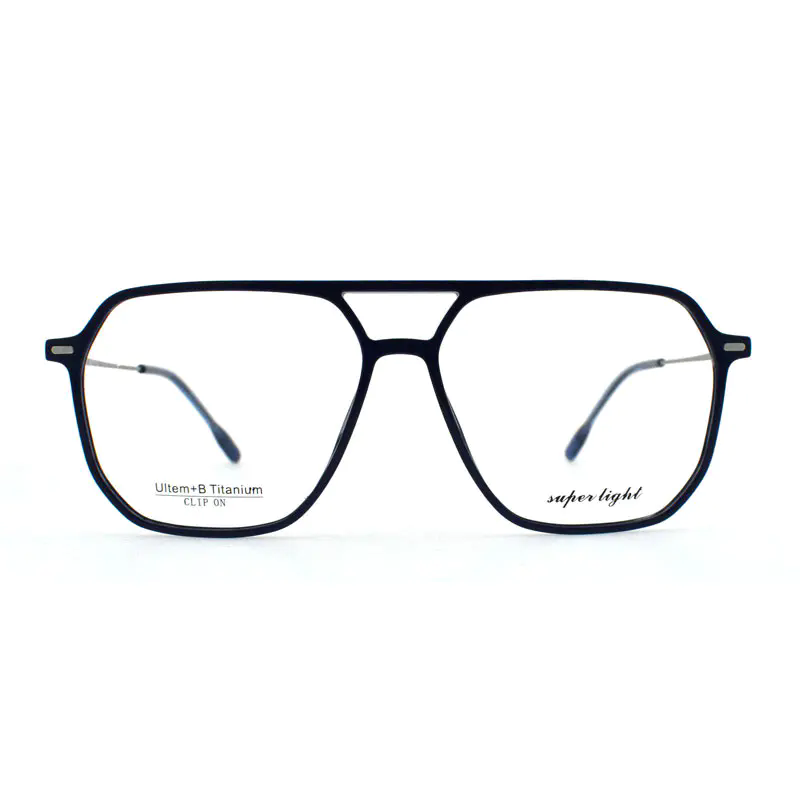Why Are Clip-On Glasses Becoming the Go-To Accessory for Prescription Wearers?
Clip-on glasses refer to accessory lens units that attach to existing prescription frames to instantly convert them into sunglasses or tinted eyewear. The central purpose of this article is to explore how the product benefits modern eyewear wearers, analyse key features and specifications, discuss why the trend is growing, and explain how to choose and use such clip-on systems effectively.
Product Parameters Overview:
Here is a professional summary of typical clip-on glasses parameters to help understand what to look for:
| Parameter | Typical Specification |
|---|---|
| Attachment Mechanism | Magnetic snap, spring clip, or hinge flip-up |
| Lens Protection | 100% UVA/UVB protection (UV400) |
| Lens Type | Tinted, polarized, mirrored, gradient options |
| Compatibility | Designed to fit standard prescription frame shapes |
| Weight / Added Bulk | Minimal additional weight; aims for comfort |
| Versatility | Indoor clear lenses + outdoor clip-on option |
These specifications reflect what modern marketing and technical spec sheets emphasise for clip-on eyewear. For example, clip-ons are promoted for their convenience, UV protection, lightweight construction, and cost-effectiveness.
The feature of “attach to existing frames” is central — instead of buying a second full pair of prescription sunglasses, wearers simply add the clip-on. That convenience is one of the prime reasons for the popularity surge.
Furthermore, modern clip-on designs now offer stylish frames, different tints and polarised lenses, making them not just functional but fashion-forward.
In short, clip-on glasses represent a smart, efficient eyewear solution for prescription wearers who need sun protection or tinted lenses without the cost or complexity of a full second pair.
Why Should Users Consider Clip-On Glasses? A Deep Dive into Benefits
Convenience & Cost-Effectiveness
One of the major reasons for adoption is that clip-on glasses save both time and expense. Rather than carrying two pairs of eyewear (one clear prescription, one sunglass prescription), a clip-on lets one switch quickly by attaching the tinted layer. This reduces the need to replace expensive frames or lenses.
Cost-effectively, many sources note that clip-ons tend to be far less costly than ordering a separate prescription sunglass set.
UV Protection & Outdoor Performance
Another key driver: modern clip-ons are not just decorative—they provide genuine eye protection. Many units offer 100% UVA/UVB protection and polarised options to reduce glare.
For activities like driving, hiking or spending time outdoors, the ability to convert one’s prescription glasses into effective sunwear is highly valuable. One article emphasises their usefulness for driving behind glass (windshields) where other options might fail.
Style, Versatility & Trend Dynamics
The clip-on market has matured from purely functional accessories to stylish eyewear. Designs now include myriad shapes, colours, and lens finishes (mirrored, gradient, polarised). This versatility enhances their appeal.
Also, the trend toward “less is more” eyewear—i.e., one base frame + add-ons instead of multiple full pairs—is gaining traction. Magnetic clip-on variants are especially popular for their ease of use and sleek appearance.
Future-Facing Implications
Given the convergence of cost-sensitivity, sustainability (fewer frames, less waste), and fashion-utility crossovers, clip-on glasses are poised to remain relevant. As more consumers demand flexible eyewear solutions, the clip-on segment stands to grow. Additionally, enhancements such as magnetic quick-attachment systems or modular lens units (e.g., for blue-light, UV, glare) will drive further innovation.
How to Choose, Use and Maintain Clip-On Glasses
Choosing the Right Clip-On
When selecting clip-ons, users should ask the following:
-
Frame compatibility: Ensure the clip-on fits securely on your existing prescription frame shape and size. Misfit leads to discomfort or slippage. One source highlights the importance of secure fit in magnetic clip-ons.
-
Lens quality & protection: Verify UV protection (ideally 100 % UVA/UVB) and consider polarised lenses if you drive or spend time around water/reflective surfaces.
-
Attachment mechanism: Decide between magnetic snap-ons, spring clips or flip-up attachments. Each has trade-offs: ease of use vs aesthetics vs durability.
-
Style and lens tint: Choose a lens tint (grey for true colour, brown for contrast, mirrored for fashion) and ensure the clip-on style matches your face shape and fashion taste.
Using the Clip-On Effectively
-
Attach/detach the clip-on carefully to avoid scratching either the lenses or frame.
-
Keep the clip-on clean and store it safely when not in use to maintain optical clarity and longevity.
-
Remove the clip-on when indoors or in low-light conditions to avoid unnecessary tinting or obstruction.
-
If using polarised clip-ons, regularly check for scratches or wear, as polarization layers may degrade.
-
Periodically inspect the attachment mechanism (e.g., magnets or clips) to ensure secure fit and avoid accidental drops.
FAQs – Two Common Questions
Q1: Will the clip-on reduce the clarity of my existing prescription lenses?
A1: When chosen and fitted correctly, the clip-on should not degrade clarity: high-quality clip-ons use precision lenses (UV-protected, polarised if selected) and align with the base frame so the prescription lens remains unobstructed. However, if the clip-on is misaligned, too thick or poorly fitted, you may experience distortion, additional weight, or discomfort. Ensuring compatibility and correct fit is key.
Q2: Are clip-ons better than photochromic (transition) lenses?
A2: Clip-ons and photochromic lenses each have merits. Photochromic lenses darken automatically in response to UV light, offering seamless indoor-to-outdoor transition. However they may not perform optimally behind windshields (since many windshields block UV) and often cost more.Clip-ons provide instant, manual switching, often work behind glass, and can be more cost-effective. If you frequently drive or require full tint regardless of UV exposure, clip-ons may be preferable. Conversely, if you prefer minimal fuss and seamless transition, photochromic may be the choice. The decision depends on lifestyle, budget and preference.
What’s Next for Clip-On Glasses: Trends & Brand Spotlight
Emerging Trends
-
Modular lens solutions: Expect more magnetic or snap-on systems that allow interchangeable lens types (e.g., travel lens, blue-light lens, driving lens) using the same base frame.
-
Smart features: Integration of smart technologies (e.g., lens coatings for digital screen protection, augmented-reality clip-ons) may surface.
-
Sustainability focus: With fewer full pairs of glasses needed, clip-ons contribute to reduced resource use. Brands may increasingly highlight eco-friendly materials and packaging.
-
Fashion cross-over: With elevated design and collaborations, clip-on accessories may become more of a style statement rather than just functional add-ons.
Brand Spotlight – HIVISION
In this evolving market, leading-edge brands such as HIVISION are designing clip-on systems that combine durable materials, precision optical lens technology, and versatile styles. With a commitment to delivering value and innovation, HIVISION offers wearers the convenience of quick sun adaptation, high-quality UV protection, and stylish versatility—all within one accessory. For professional users and everyday individuals alike, the brand aligns with the growing demand for smarter eyewear solutions.
Contact Us: For further information about HIVISION clip-on systems, custom fittings, or bulk-purchase options, please contact us today for tailored assistance.
- How Do Clip On Glasses Enhance Everyday Vision Performance?
- How Do Acetate Optical Frames Deliver Superior Comfort, Style, and Long-Term Durability?
- Why Are Metal Optical Frames Redefining Durability, Style, and Visual Precision?
- What Makes Ultem Optical Frames the Smart Choice for Modern Eyewear Users?
- What Makes Sports Sunglasses the Ultimate Choice for Outdoor Performance and Protection?
- What Makes Sunglasses the Ultimate Fusion of Style, Protection, and Innovation?


